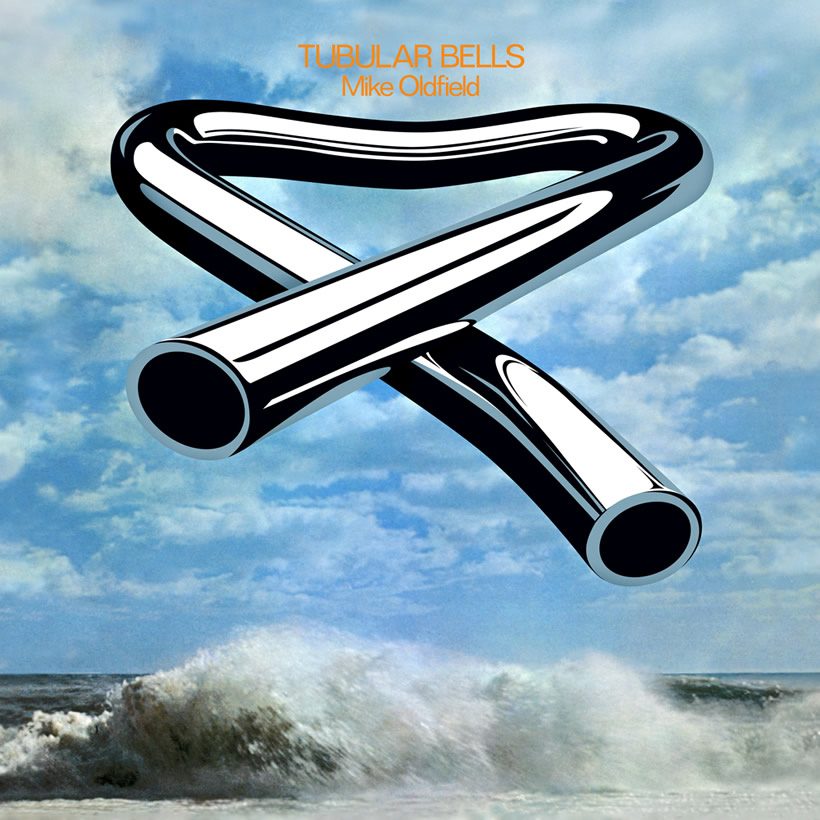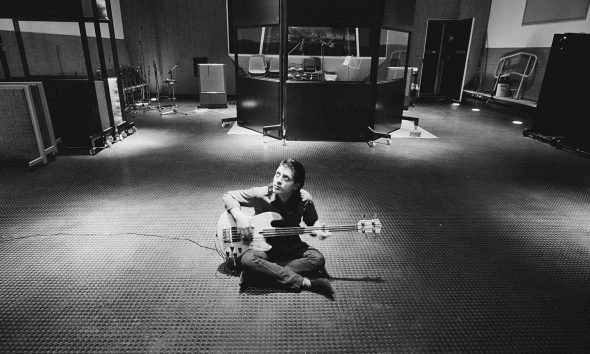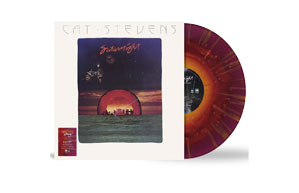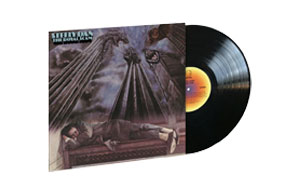The ‘Tubular Bells’ Phenomenon: Mike Oldfield Succeeds Himself At No.1
The multi-instrumentalist found himself in the unusual position of seeing his second album replaced at the top by his first.

Mike Oldfield’s first moment in the commercial sunshine may have been some years in the making. But in early October 1974, the popularity of the British multi-instrumentalist was so ubiquitous that on the UK album chart, he succeeded himself at No.1.
Oldfield had been at the UK chart summit for three weeks with his second album Hergest Ridge, an immediate bestseller that capitalized on the success of his famous 1973 debut, Tubular Bells. That album, on the other hand, was the ultimate slow burner. The first release on Virgin Records, its success was a surprise even to the fledgling company.
Virgin co-founder Simon Draper told this writer in Prog magazine how the album shaped the label’s expansion. “The success of Tubular Bells gave us a lot of money,” he said. “It gave us the opportunity of expanding abroad, which none of the other independent companies did. Having acts like Mike Oldfield and then like Robert Wyatt, like Gong, gave us a real strong foothold in Europe.”
Looking back on the album as an older man, Oldfield told Prog: “The sound quality is actually great, and the most amazing thing about it was that it was all first take. Nobody, myself included, would dream of doing that now.” He confessed that the album’s healing audiophonic qualities worked not only on its multi-million audience, but on the artist himself. “It was the only time I felt sane and vaguely happy,” he said. “I suppose it describes in a nutshell the anguish of teenagerhood, which most people can relate to. It personifies all that.”
Tubular Bells was the highest new entry of a quiet chart week of July 14, 1973, at a low-key No.31. The soundtrack of the rock’n’roll nostalgia movie That’ll Be The Day was the top album of that week. Bells then started an extraordinary run that saw it consistently among the bestsellers for months and months to come.
The album spent almost the whole of 1974 in the Top 10 of the UK chart. On October 5, it not only finally made it to the summit after an epic 15 months on the survey, but did so by replacing Hergest Ridge there. Oldfield is among a very small elite of artists to have succeeded themselves at No.1 in that way, joining The Beatles and Bob Dylan in that list.
To make the achievement all the more extraordinary, Bells had been sitting at No.2, pushing for that final climb, not just for the entire time that Ridge had been ahead of it, but for ten weeks in a row, all the way back into July 1974. As of autumn 2020, the Official Charts Company gives Tubular Bells a total of 287 weeks on the UK chart; its most recent appearance, after an absence of some five years, came in March 2018. That’s an aggregate of five and a half years among the British bestsellers.
Buy or stream Tubular Bells.













Lachlan
November 24, 2014 at 12:12 am
Hello webmaster i see you put a lot of work in your blog, i know how
to make your blogging easier, do you know that you
can copy any article from any site, make it 100% unique and pass copyscape test?
For more info , just search in google – rewriter creates an unique article in a minute
GhostLight
October 17, 2022 at 9:41 pm
Tubular Bells is very good, even great in places, especially for its day. I kind of feel though like maybe it has been an anchor around Oldfield’s neck in much the same way that the movie ‘The Producers’ has been for Mel Brooks. I watched a relatively recent BBC documentary on Oldfield and Tubular Bells was all they seemed to care about. For his early stuff, I liked Incantations and Hergest Ridge much better, to say nothing of all those wonderful albums he did in the 80’s and 90’s.